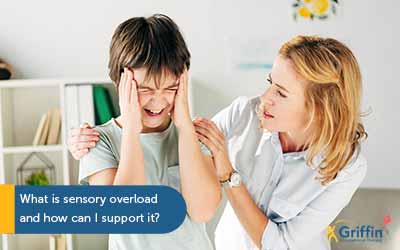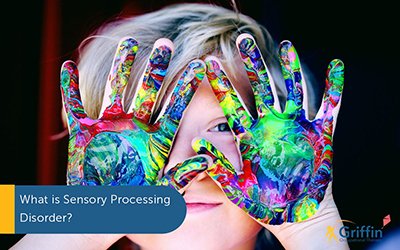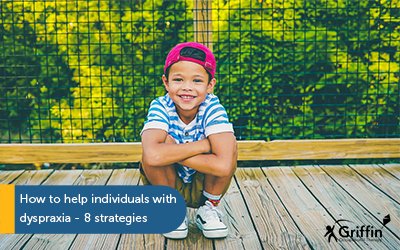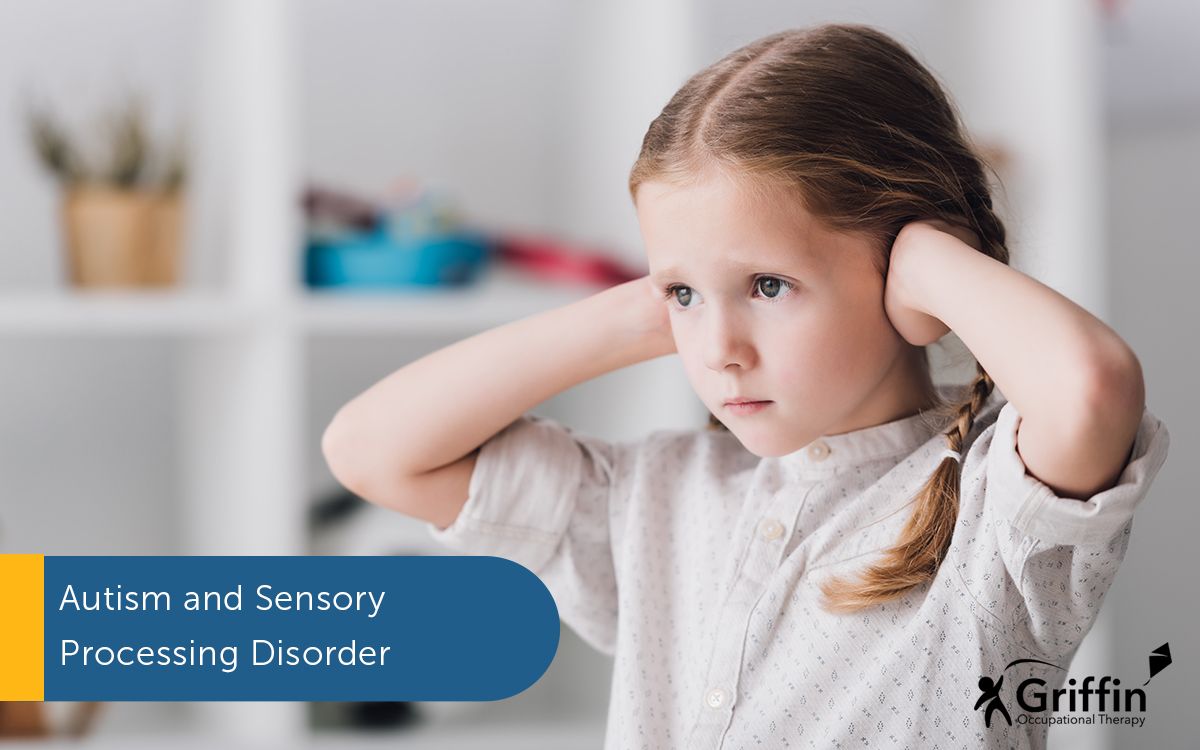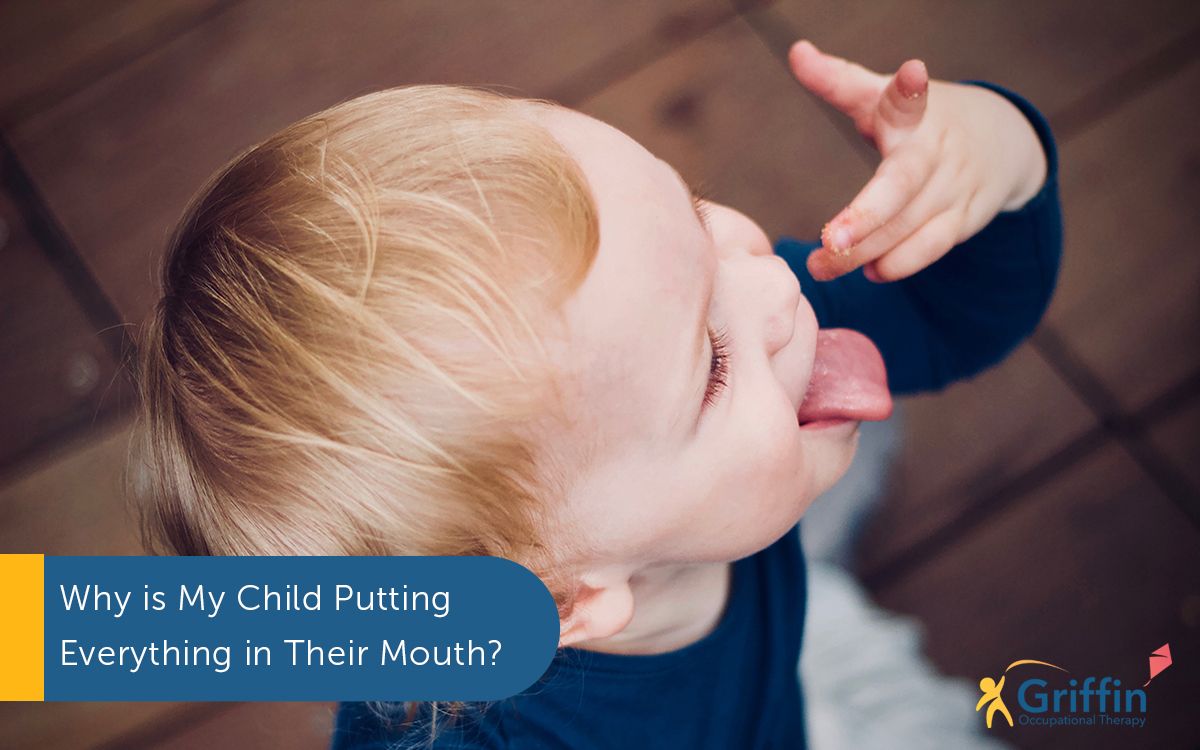These articles explore the sensory challenges that might be experienced by children and adults who have sensory processing disorder. They include articles on touch and hearing sensitivity. There’s also information on sensory overload, shut down and regulation.
You can use these articles to improve your understanding of sensory integration and sensory processing.





